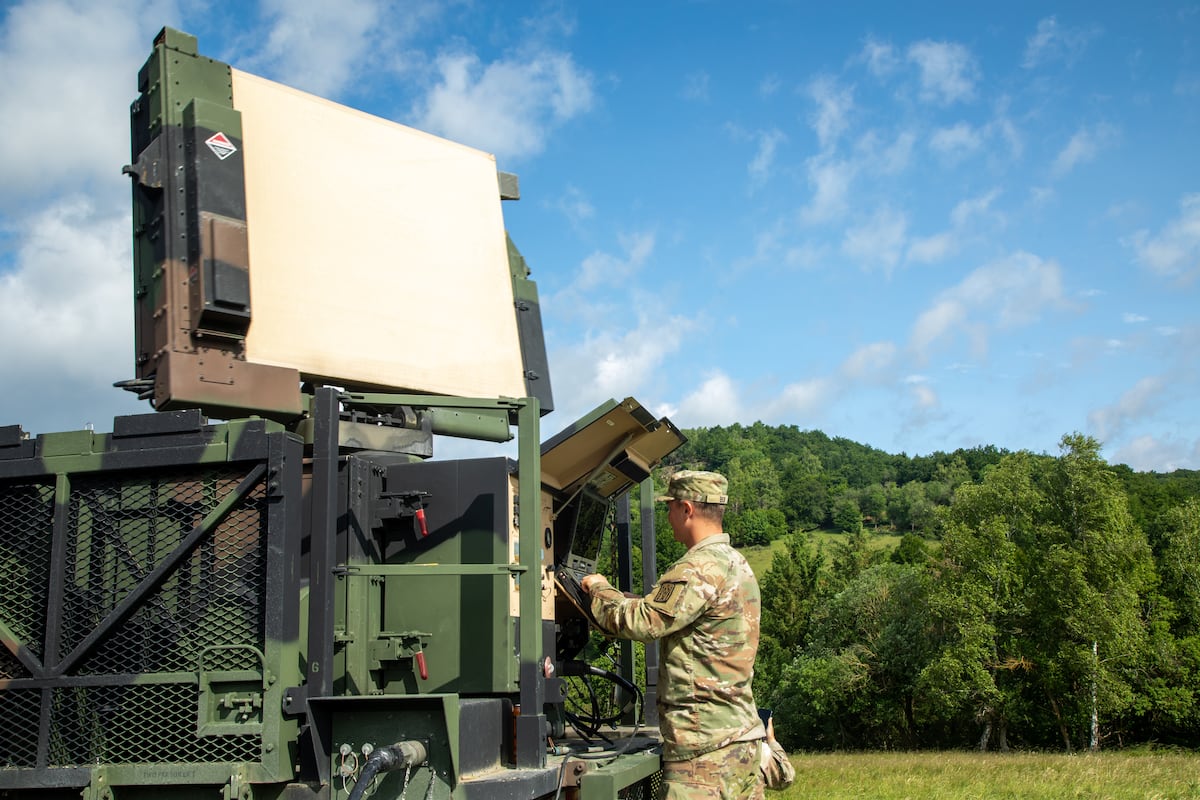



The Defense Innovation Unit announced 10 finalists this week for its Low-Cost Sensing challenge — an effort to demonstrate affordable, distributed sensing technologies that can complement existing systems.
The chosen firms will participate in a live demonstration at U.S. Northern Command’s Falcon Peak exercise later this year. From there, DIU will distribute funding from the “prize purse” based on performance at the demo. It will also choose firms to consider for additional contracts or transition opportunities.
“The selected approaches have the potential to deliver significant value compared to current DOD systems for key coverage areas, at a potential cost savings of 50-80 percent in total cost of ownership,” DIU said in a July 21 statement.
The LCS challenge is part of the second phase of the Pentagon’s Replicator effort, announced in 2023 as a push to change the way the Defense Department identifies, acquires and scales technology. The first iteration focused on small drones and round two is designed to get after the challenge of protecting against adversary unmanned systems.
Defending against adversarial drones is a significant challenge for the U.S. military and its allies — from attacks in the Red Sea to reports of drone swarms flying over domestic bases.
Protection options include kinetic drone-killers as well as non-kinetic counter UAS systems. In May, DIU solicited proposals for low-cost sensing capabilities that can take out adversarial drones while limiting collateral damage to citizens and surrounding communities.
“This challenge directly supports DOD’s strategic priorities by tapping into non-traditional defense companies to develop scalable, cost-effective sensing solutions that help our forces at home and abroad to identify threats with the speed and fidelity needed to counter them,” DIU Director Doug Beck said in the statement.
DIU is partnered with NORTHCOM and U.S. Indo-Pacific Command on the LCS effort as well as the Navy, Army and Marine Corps.
Selected companies include: BLUEiQ, CHAOS 1, Fortem Technologies, Guardian RF, Hidden Level, MatrixSpace, REVOBEAM, Squarehead Technology, Teledyne FLIR Defense and Thalrix.
The companies offered a range of capabilities — from radio frequency detection and active radar to optical and infrared cameras.
Courtney Albon is C4ISRNET’s space and emerging technology reporter. She has covered the U.S. military since 2012, with a focus on the Air Force and Space Force. She has reported on some of the Defense Department’s most significant acquisition, budget and policy challenges.
